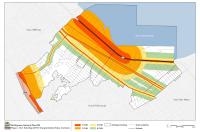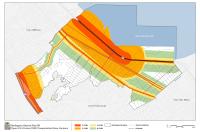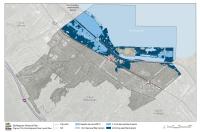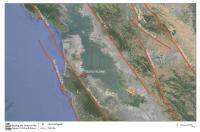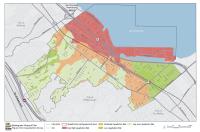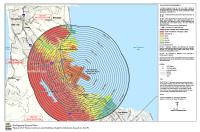Hazardous Materials
Hazardous materials are a part of our everyday life in the form of batteries, light bulbs, and household chemicals such as pesticides, motor oil, cleaners, and paints. They are also used in many commercial and industrial operations. The use, storage, and disposal of hazardous materials—including management of contaminated soils and groundwater—are regulated by a myriad of Federal, State, and local laws. The City’s major industrial and office areas, such as the Bayfront and Rollins Road neighborhoods, pose a specific challenge due to the potential for hazardous materials associated with these activities. The City’s overall land use objective includes increasing the amount of live/work development in some of these areas, which places housing within areas that have a higher potential for hazardous materials. As such, the policies in this section specifically look at ways to minimize impacts to existing and future residential areas. The following goal and policies address the location, transport, storage, and disposal of hazardous materials.
Goal: CS-6
Protect residents, workers, and visitors from hazardous materials through improved regulations, disposal practices, location and site design requirements, and public information and education.
Assess future residents’ exposure to hazardous materials when new residential development or sensitive populations are proposed within the Live/Work land use designation. Do not allow residential development or sensitive populations if such hazardous conditions cannot be mitigated to an acceptable level of risk.
